Acupuncture and moxibustion is usually effective for the treatment of intervertebral disc herniation, especially for relieving pain and improving local blood circulation. The effect of acupuncture and moxibustion on the treatment of prolapse of intervertebral disc mainly depends on the severity of the disease, individual differences and standardized operation. It is often combined with traction, massage and other comprehensive therapies in clinical practice.
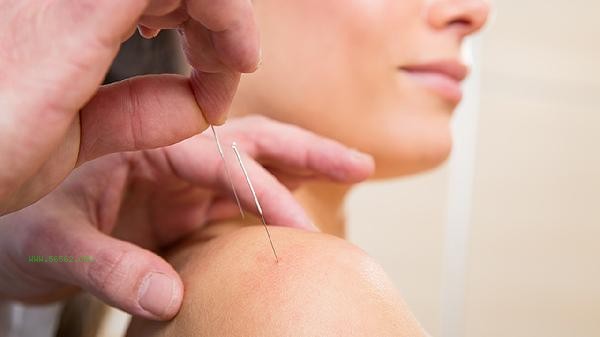
Intervertebral disc herniation is an early manifestation of spinal degenerative disease. acupuncture and moxibustion can regulate the movement of qi and blood by stimulating specific acupoints, and alleviate radiation pain caused by nerve root compression. The acupoints such as Shenshu and Dayangshu on the Foot Sun Bladder Meridian can alleviate lumbar stiffness, and combined with electroacupuncture, can enhance the analgesic effect. Some patients feel muscle relaxation after 3-5 times of treatment, but it should be noted that acupuncture and moxibustion has limited effect on the physical recovery of intervertebral disc herniation itself, and severe herniation still needs to be combined with other treatment methods.
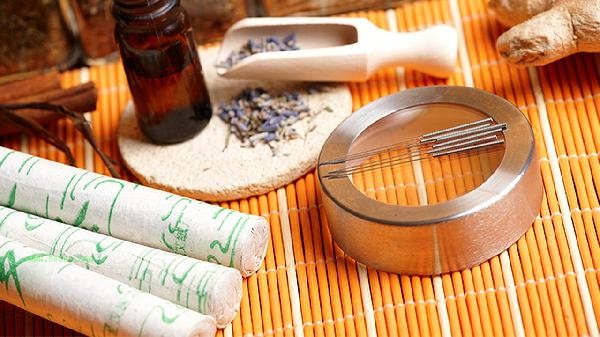
For a few patients with long course of disease or spinal stenosis, simple acupuncture and moxibustion may not have significant effect. This type of situation often involves ligament calcification or nucleus pulposus prolapse, and treatment options need to be selected through imaging evaluation. If lower limb muscle strength decreases or defecation and urination dysfunction occurs, it indicates that the nerve is severely compressed. At this time, acupuncture and moxibustion is only used as an auxiliary means of postoperative rehabilitation. Clinical observation shows that acupuncture and moxibustion combined with traditional Chinese medicine fumigation can improve the probability of annulus fibrosus repair. Patients with intervertebral disc herniation should avoid prolonged sitting and bending over in their daily lives, and choose a hard bed for sleep to reduce intervertebral disc pressure. You can practice soothing movements such as shaking your head and tail to reduce heart fire in the Eight Section Brocade, and strengthen the exercise of your lower back muscles. It is advisable to increase the intake of kidney tonifying and bone strengthening ingredients such as black beans and walnuts in the diet. In the acute phase, traditional Chinese medicine tea drinks such as Eucommia ulmoides and Dipsacus can be used as substitutes. It is recommended to conduct efficacy evaluation every 10 treatments. If symptoms do not improve, the plan should be adjusted in a timely manner. For severe cases, minimally invasive interventions such as intervertebral foramen endoscopy should be considered.
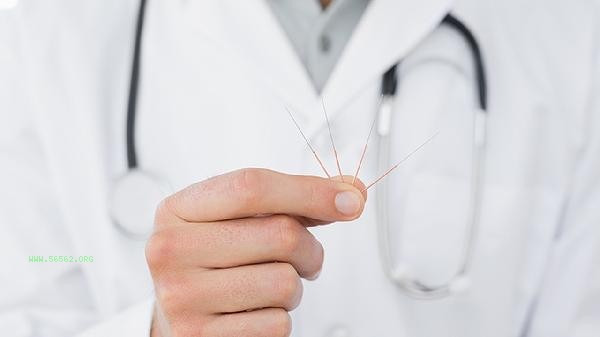

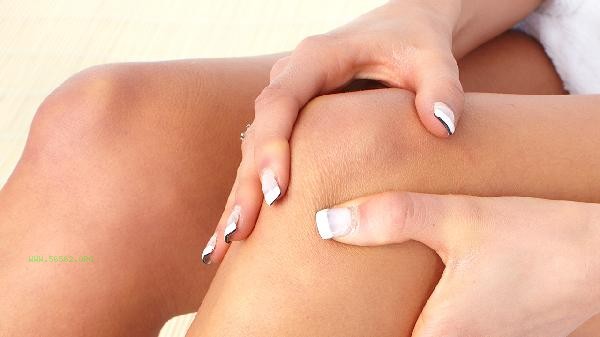
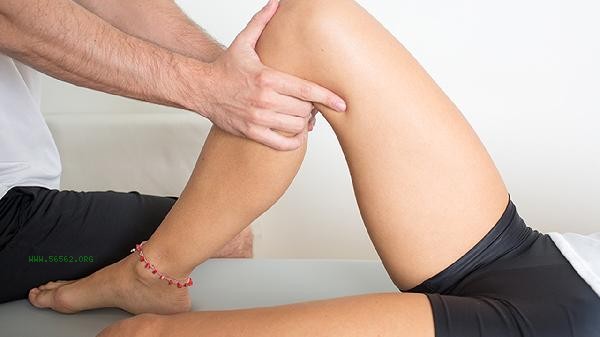
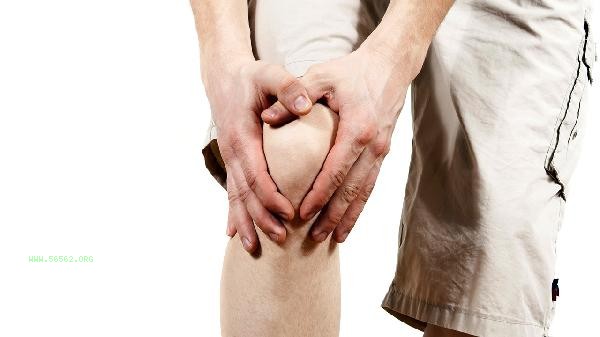
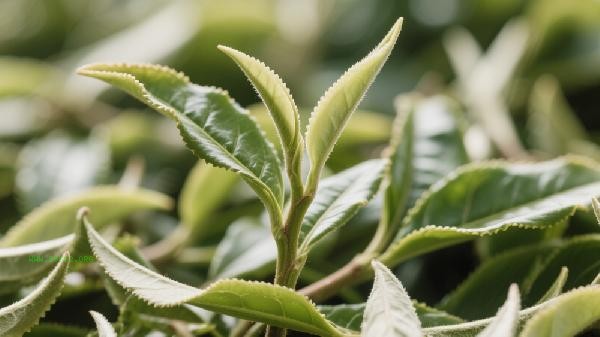
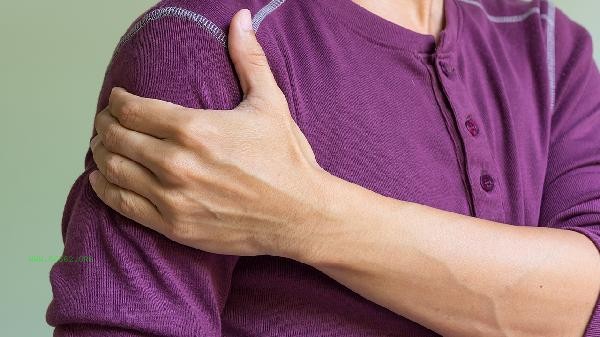


Comments (0)
Leave a Comment
No comments yet
Be the first to share your thoughts!